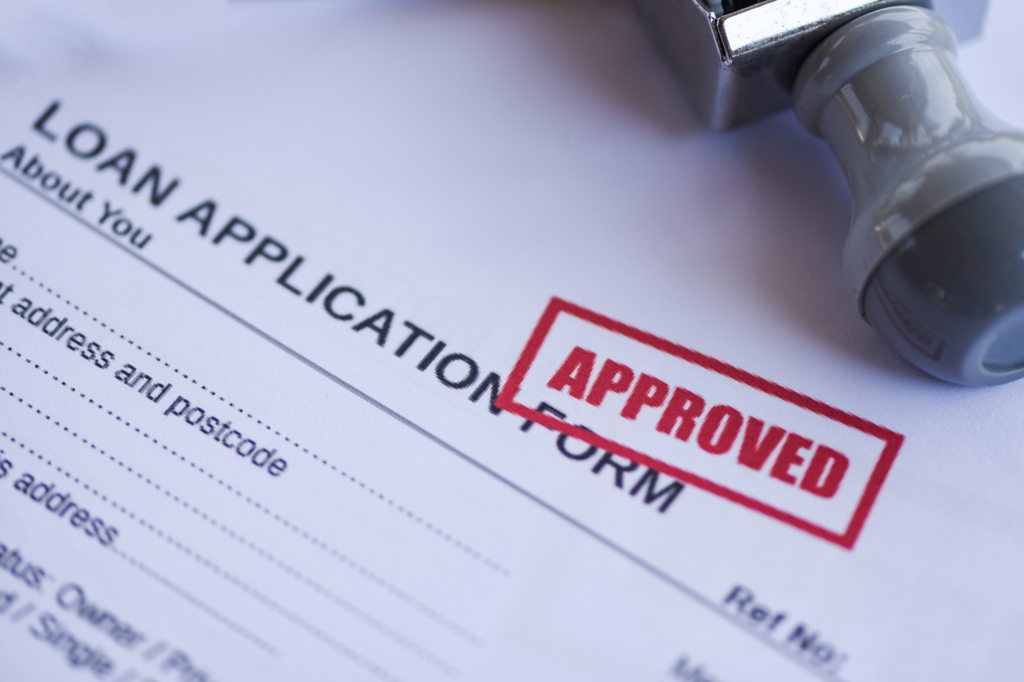Key Takeaways (Table Type)
| Key Point | Description |
|---|---|
| What is the home loan application process in Australia? | This process is a comprehensive evaluation of the borrower’s financial position and the property details by the lender to ensure the home loan can be responsibly approved and settled. |
| How long is the home loan application process? | It typically takes four to six weeks from application to settlement, depending on the complexity of the application and the lender’s processing times. |
| How to start the home loan application process | It starts with determining your borrowing capacity, gathering the necessary documentation, choosing a suitable loan product, submitting an application to a lender, undergoing a credit assessment, receiving conditional approval, conducting a property valuation, and finally obtaining formal approval and settlement. |
Getting started with the home loan application process in Australia can be complex, especially for first-time homebuyers. Buying a home is one of the biggest financial decisions many of us will make. The process involves getting pre-approval, submitting your application, and finalising details for settlement, and each step needs careful attention and preparation. However, this will be easier when you understand home loan requirements, gather all necessary documents, and work closely with your lenders or mortgage brokers.
8 Ways to Start with the Home Loan Application Process
Here, we will walk you through each step of getting a home loan so you can confidently handle the application process.
Step 1: Assess Your Financial Situation
Understanding your financial situation involves looking closely at your income, spending habits, and debts, such as credit card balances or loans. You also need to consider your assets, such as investments, cars, and savings. A lender will consider these attributes during the assessment process.
Knowing your credit score is important, too, as your credit score indicates to lenders how likely you are to default on a loan. A good score can help you get a loan with better terms. Meanwhile, a lower score might mean dealing with a more specialised lender which could lead to higher cost interest rates.
The debt-to-income (DTI) ratio is another factor in this assessment, which measures your total debt compared to your gross annual income.
For example, if you’re seeking a $400,000 home loan with no existing debt and your gross income is $100,000, your DTI would be calculated by dividing the loan amount by your income: 400,000 / 100,000, which equals 4.0. This means you owe 4 times what you earn.
Step 2: Research and Compare Lenders
Research and compare lenders to ensure that the lender you choose has policy that aligns to your circumstances and they have the capacity to settle your loan in the timeframe you need.
When comparing lenders, look at more than just the interest rate.
- Consider the comparison rate, which includes fees and gives you a better idea of the loan’s total cost.
- Check for application, ongoing, and discharge fees.
- Think about the loan features, like offset accounts and redraw facilities. These can save you money in the long run by lowering your interest costs significantly.
An offset account is a regular bank account linked to your home loan. The money in this account is used to reduce the amount of your loan that interest is charged. For instance, if you owe $500,000 on your loan and have $30,000 in your offset account, you’ll only be charged interest on an effective balance of $470,000.
Step 3: Choose a Mortgage Broker
Choosing a mortgage broker or a loan expert is important in getting a home loan because they help you find the right loan by working with you and different lenders. Brokers can also help you secure the best terms and rates for your situation by leveraging their extensive network of lenders and in-depth market knowledge.
Step 4: Gather the Necessary Documentation
The next step is to gather the necessary documentation. When applying for a home loan in Australia, you must provide key identification documents such as your Australian Driver’s Licence, passport, Medicare Card, or birth certificate to verify your details and address.
Employment and income verification are also essential, so lenders usually ask for the last three to six payslips, investment statements, loan statements, evidence of savings and deposits, and details of other assets like vehicles or properties. These documents help lenders determine your ability to repay the loan.
Step 5: Search for a Property and Make an Offer
After getting your home loan pre-approval, the next step is to find a property and make an offer. Start by researching the local property market to understand property values in your desired area. Look at recent sales data for properties similar in size, age, condition, bedrooms/bathrooms, and lot size. Attend open houses and talk to real estate agents to understand market conditions.
Having a conveyancer or solicitor early on is a good idea to check the contract of sale and the property details are all in order. If your offer is accepted, you’ll move on to finalising your home loan and completing the purchase.
Lenders require Lenders Mortgage Insurance (LMI) if your deposit is less than 20%, but the percentage can differ depending on the lender. To avoid paying LMI, save at least a 20% deposit for the property you want to buy.
Tip: The amount you’re pre-approved for may not match the price of the home you choose. If the house is cheaper than your pre-approval, you can use the full pre-approved amount. However, if the amount is more expensive, you may need to increase your deposit or consider a different property.
Step 6: Complete the Full Loan Application and Sign Loan Documents
To complete the full loan application for a home loan, you need to gather and submit a comprehensive list of documents to show your financial situation. You’ll need proof of identity, proof of income, details of assets and liabilities, and your savings history.
After you submit your application, the lender will assess your application and conduct a credit check and your broker will order a property valuation. Once approved, the lender will issue a formal offer with all the loan details. You’ll review this offer and sign the loan documents. Once you’ve signed, the documents return to the lender, and your conveyancer or property solicitor will arrange settlement.
Step 7: Settlement
The settlement date is when the ownership of the property is officially handed from the vendor to the buyer. This date is usually agreed upon in the contract of sale and typically happens between 30 and 90 days after the contracts are exchanged, although it can vary.
On settlement day, settlements occur through the online settlements platform PEXA. The lender provides the funds to buy the property and register a mortgage against the title of your new property.
Once settlement is complete, the property’s title will be transferred.
Step 8: Finalise Repayments
Setting up repayments is the final step after settling your home loan. You must arrange how and when to repay your regular loan, usually through direct debits from your bank account. The direct debit forms are completed when you sign the formal loan documents, but you can customise them to suit your circumstances after settlement. Most lenders offer flexible options for repayment frequency, such as weekly, fortnightly, or monthly payments. Once you complete your formal loan documents, you can set up these repayments by signing a direct debit authority form.
Additionally, you can make extra repayments or lump sum payments to pay off your loan faster or adjust the repayment amount if you’re ahead on your loan.



